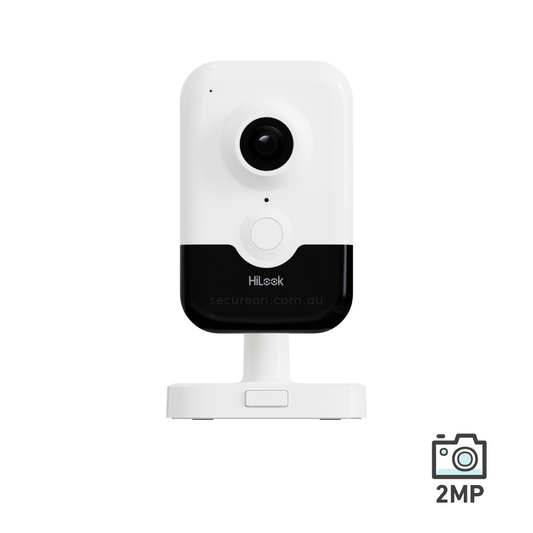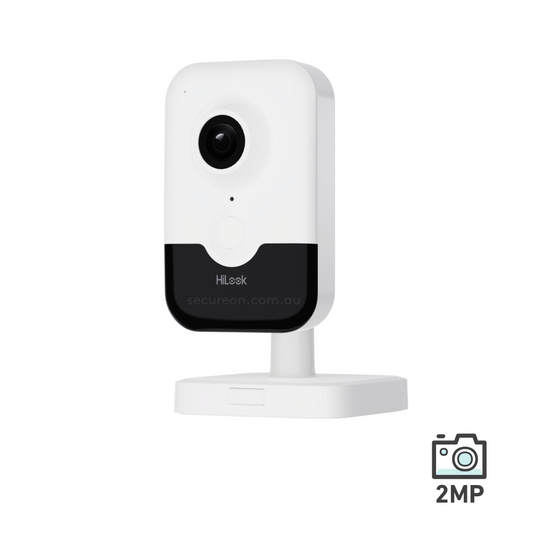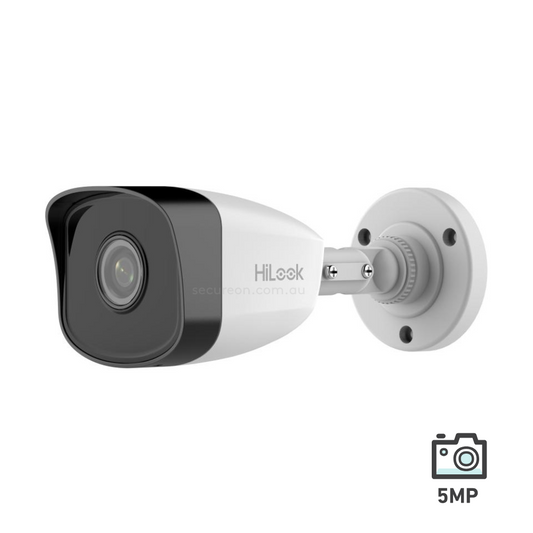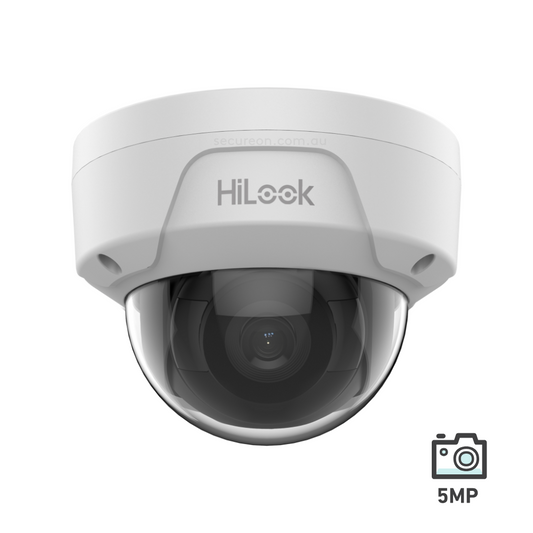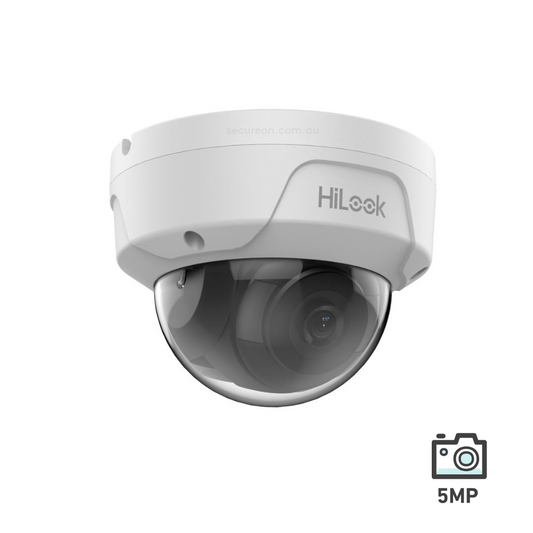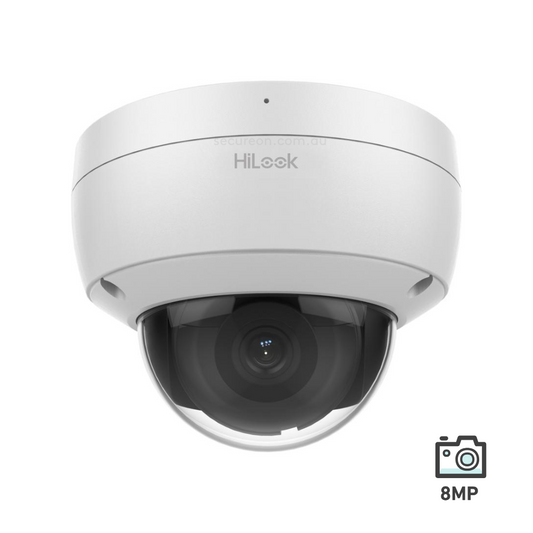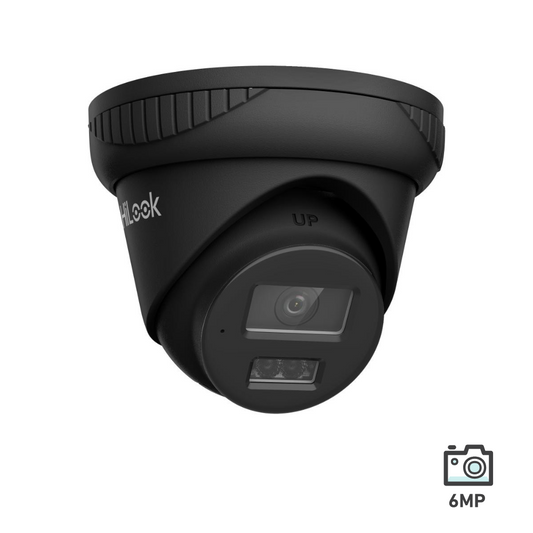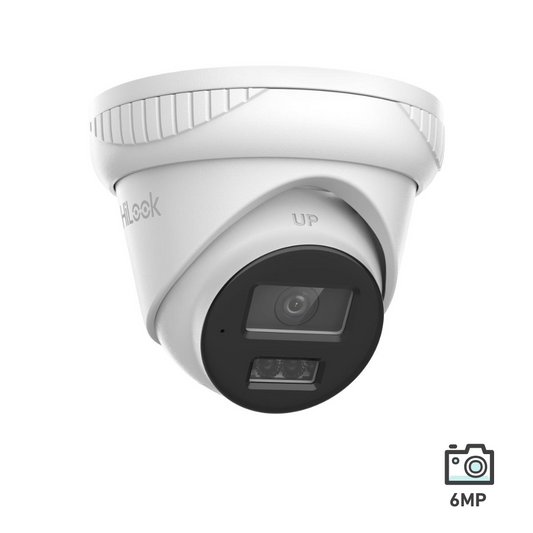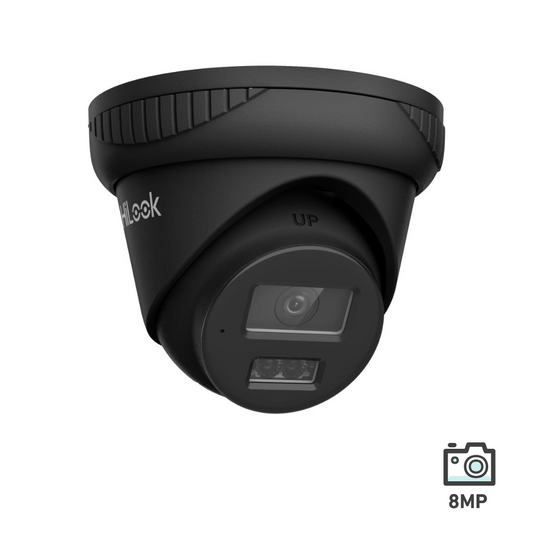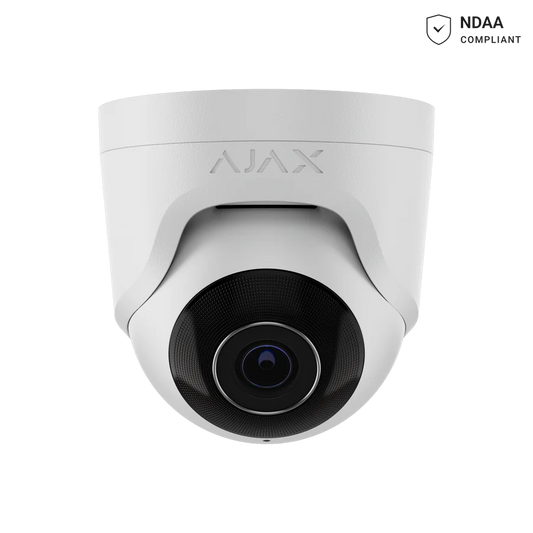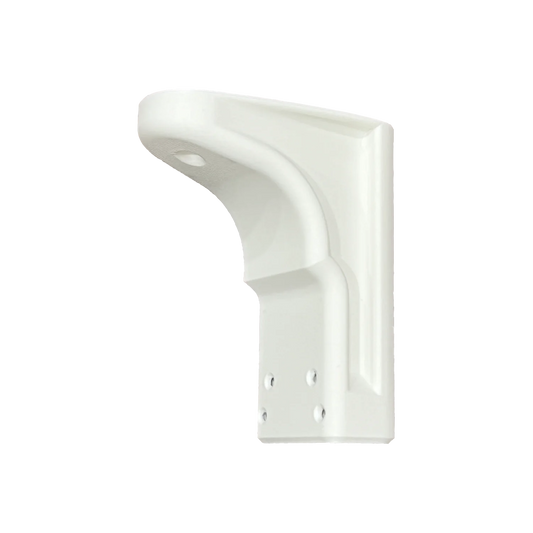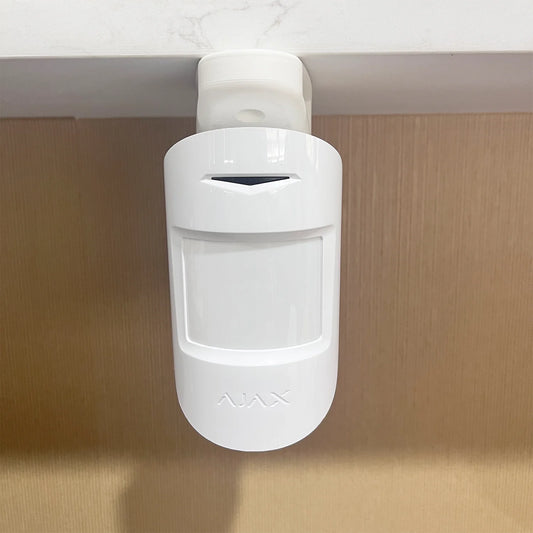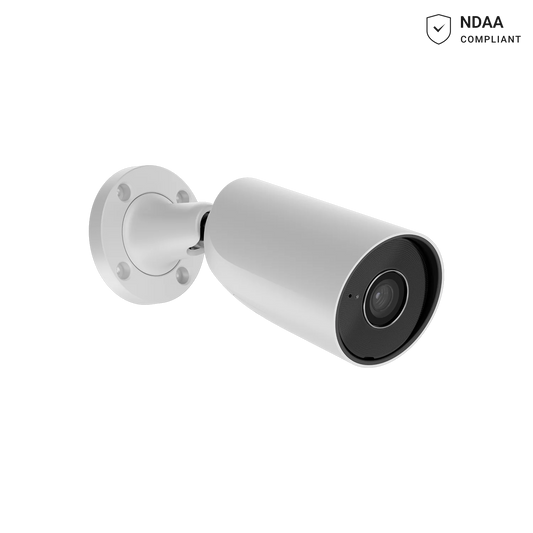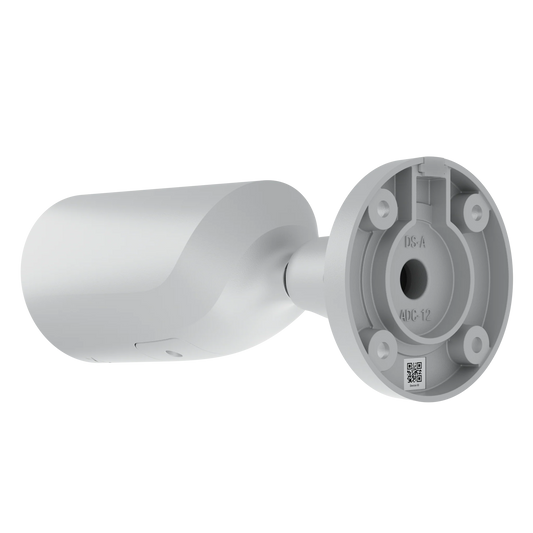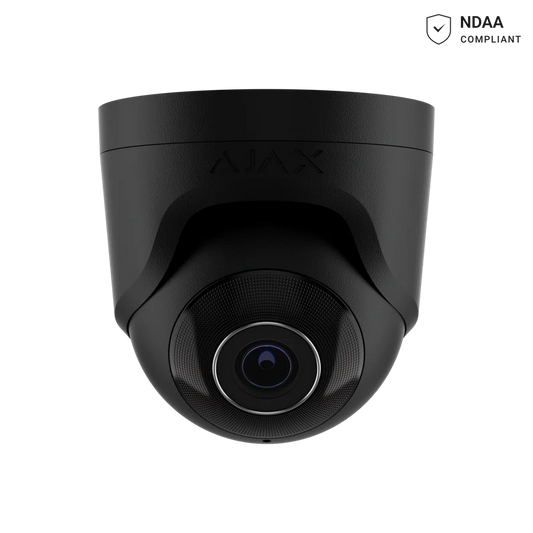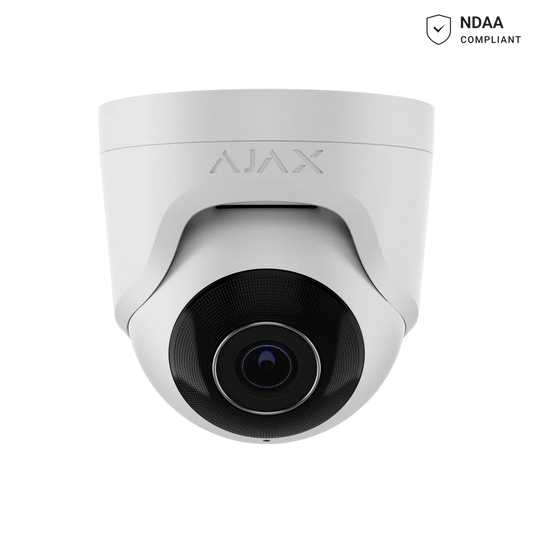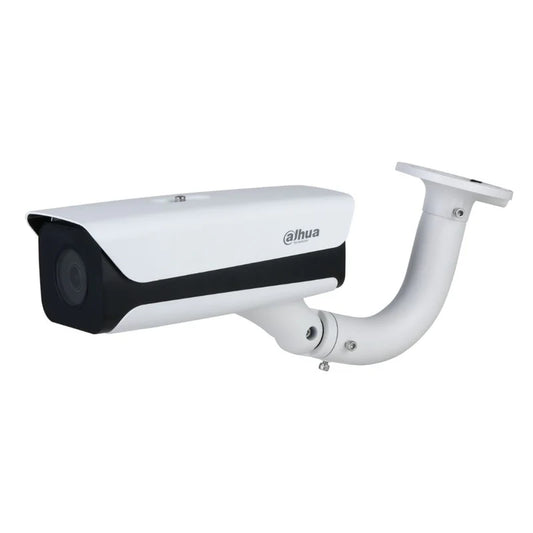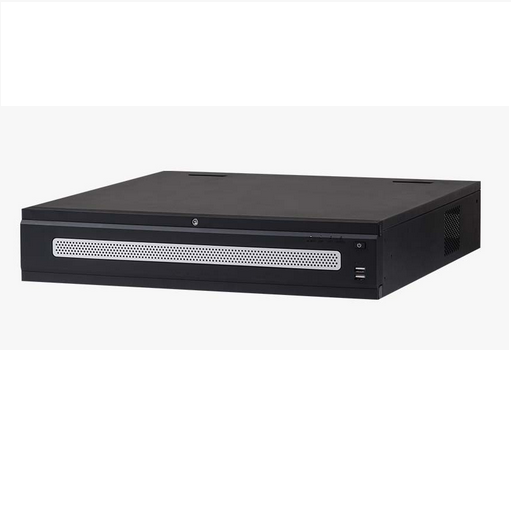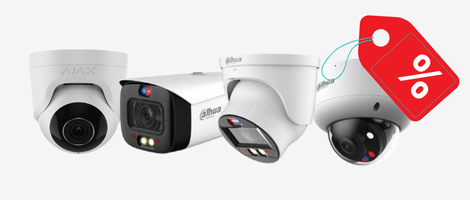How to Choose the Right Resolution for Your Surveillance Camera
Selecting the right resolution for your surveillance camera can make a significant difference in the effectiveness of your security system. The right resolution ensures that you capture the necessary details without incurring extra costs for unnecessary high-megapixel cameras. Here's how to make the best choice.
Determining the Level of Detail Required: DORI Method
The DORI method helps categorise the level of detail needed in a surveillance scene. DORI stands for Detection, Observation, Recognition, and Identification:
-
Detection
Identifying the presence of a person or vehicle. Requires 10 Pixels Per Foot (PPF). -
Observation
Viewing characteristic details and surrounding activity. Requires 20 PPF. -
Recognition
Determining if an individual is known or seen before. Requires 40 PPF. -
Identification
Confirming an individual's identity. Requires 80 PPF.
Calculating Pixel Density
To calculate pixel density, divide the camera's horizontal pixels by the Field of View (FOV) in feet:
For example, a 4-megapixel camera with 2688 horizontal pixels covering a 100-foot FOV yields approximately 27 PPF.
Choosing the Right Camera
When selecting a camera, consider additional factors beyond resolution:
-
Lens
The type and quality of the lens affect image clarity. -
Lighting
Adequate lighting is essential for clear images, especially in low-light conditions. -
Compression
Compression can impact image quality and storage requirements. -
Camera Placement
Position the camera to maximize coverage and detail. -
Environmental Conditions
Weather and environmental factors can affect camera performance.
Use tools like Dahua’s FOV calculator to factor in install angle and focal length in your calculations.
Optimising Camera Placement
Before opting for higher-megapixel cameras across the board, assess the specific areas that require high detail. For instance, use high-megapixel cameras at entry points for facial recognition and lower-megapixel cameras for broader area monitoring.
4K vs. 8MP
The terms "4K" and "8MP" are often used interchangeably in security installations.
-
4K
Typically refers to a resolution of 3840 x 2160 pixels. -
8MP
Refers to any resolution that equals approximately eight million pixels, often aligning with 4K.
For most security applications, the difference between 4K and 8MP is negligible. Both provide high-quality images suitable for detailed surveillance.
Conclusion
By following these steps, you can confidently choose the right resolution for your surveillance camera, ensuring it meets the specific needs of the monitored area while optimising costs. Consider the entire surveillance system's scope and focus high-detail cameras on critical areas while using standard resolutions elsewhere.
Additional Resource
For more information on selecting the best lens for your installations, refer to detailed guides on lens types, focal lengths, and their impact on surveillance quality.
https://us.dahuasecurity.com/how-to-choose-the-right-resolution/

